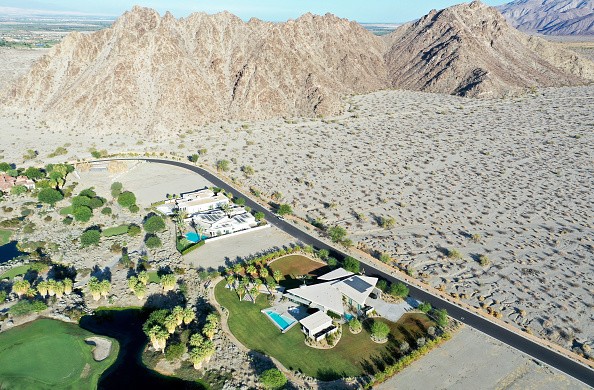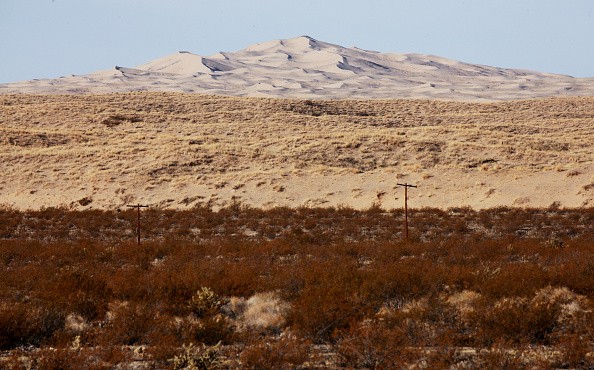The temperature in Washington, DC, reached a record 100 degrees Fahrenheit when NASA climatologist James Hansen spoke before Congress in June 1988 on a warming world. Unprecedented heat waves plagued the summer, while drought affected 40 states.

His warning was a historic wake-up call, but the US replaced the batteries and continued to cook instead of paying attention to the existential smoke alarm.
Treacherous Megadrought
Nearly 40 years later, states from California to Colorado in the US's southwest and mountain west are seeing the effects of a hotter planet firsthand. Extreme temperatures and declining moisture levels have combined over the previous two decades to produce a "megadrought" that is thought to be the driest time in 1,200 years.
The west is currently in new terrain as formerly exceptional circumstances become the norm. Lake Mead and Lake Powell, two of its most powerful reservoirs, are at record low levels and are withering fast. Cities like Phoenix, Arizona, and Las Vegas, Nevada, are becoming nearly uninhabitable throughout the summer due to prolonged triple-digit heatwaves. And since dry woods and grasslands are more ready to ignite than ever, wildfires increasingly occur throughout the year.
Extreme Temperatures

According to recent research by the Washington Post, average annual temperatures in some regions of the southwest have already increased by more than 1.5C, which is commonly regarded as the threshold at which catastrophic repercussions for people and the environment start to materialize.
The unusual circumstances serve as a cautionary tale for other dry places that pass this boundary. It serves as a warning that despite all the technological advances made to avoid a harsh environment, drought may again have the last word if prompt action is not done.
The writer turned climate activist Bill McKibben argues, "Climate scientists gave us a great warning. "And yet, our political and economic systems united to do nothing about it rather than mustering the resolve to do anything about it."
The scientists who conducted the study that pinpointed the present megadrought did so by examining tree rings, one of nature's most effective record-keepers.
Current Situation

The present era of aridity, which started in the year 2000, is unprecedented since AD800, although dryness is a natural component of the southwest's climate. This was discovered by examining the link between tree rings and soil moisture. 42% of the hot and dry weather during the previous two decades was ascribed to global warming by the 2022 study published in the journal Nature Climate Change.
In a study released in February last year, the Intergovernmental Panel on Climate Change (IPCC) described how the ponderosa pine forests of the southwest are being destroyed by wildfires causing a hazardous "positive feedback cycle." According to Camille Parmesan, an ecologist who participated in the paper, certain woods can generate greenhouse gases when they burn, leading to increased warmth rather than functioning as a "carbon sink" that absorbs CO2.
Uncertain Future
According to Parmesan, "at some time, we may have started such a lengthy, heavy train that the positive feedback cycles will be locked in and keep producing CO2 regardless of what people do." We have indications that it has already begun, which is unsettling.
For more environmental news, don't forget to follow Nature World News!
© 2026 NatureWorldNews.com All rights reserved. Do not reproduce without permission.





